"건축은 시간을 담는 그릇이다. 과거의 흔적을 지우는 것이 아니라, 그 위에 새로운 이야기를 쌓아가는 것이다."— 루이스 칸 (Louis Kahn)
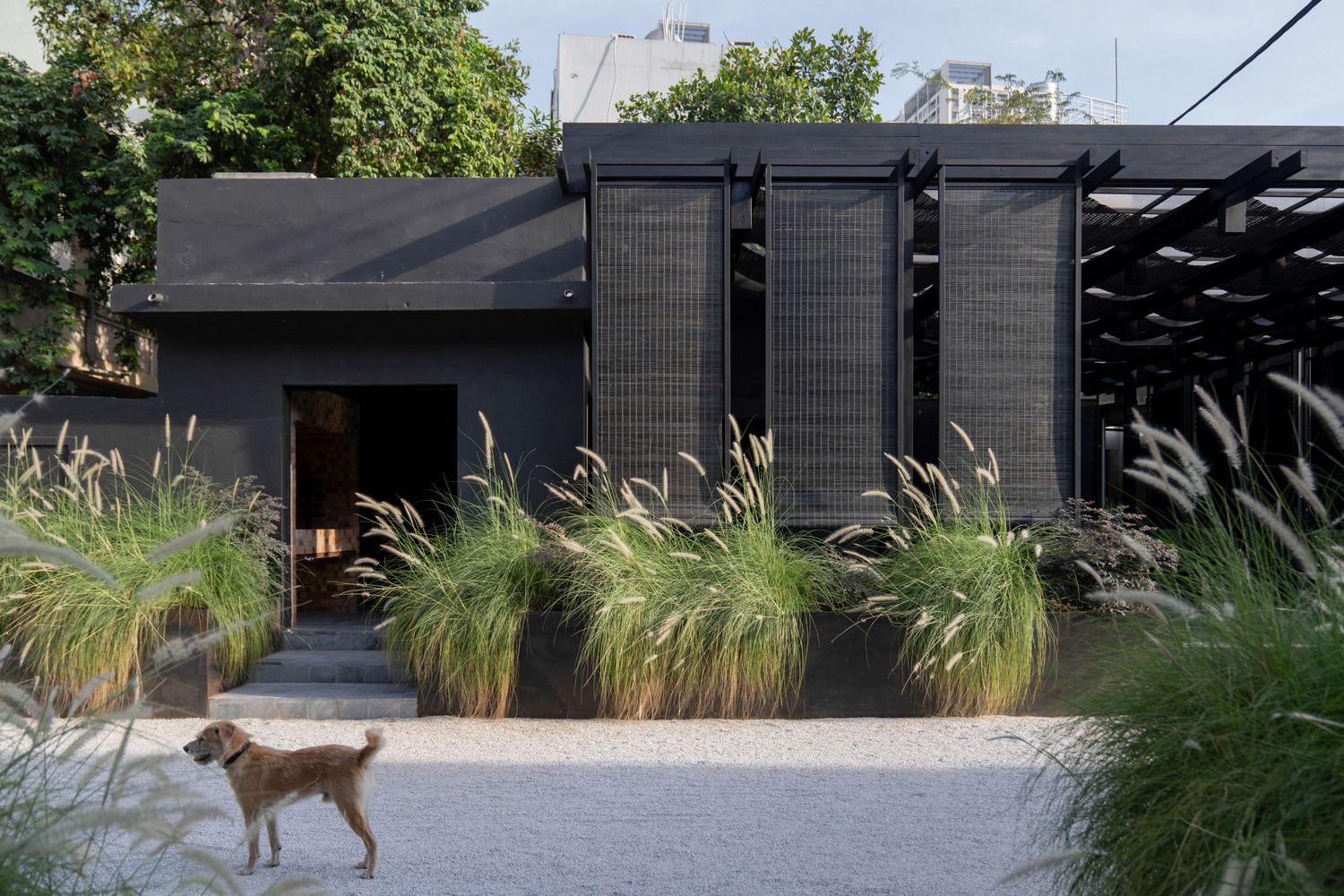
 |
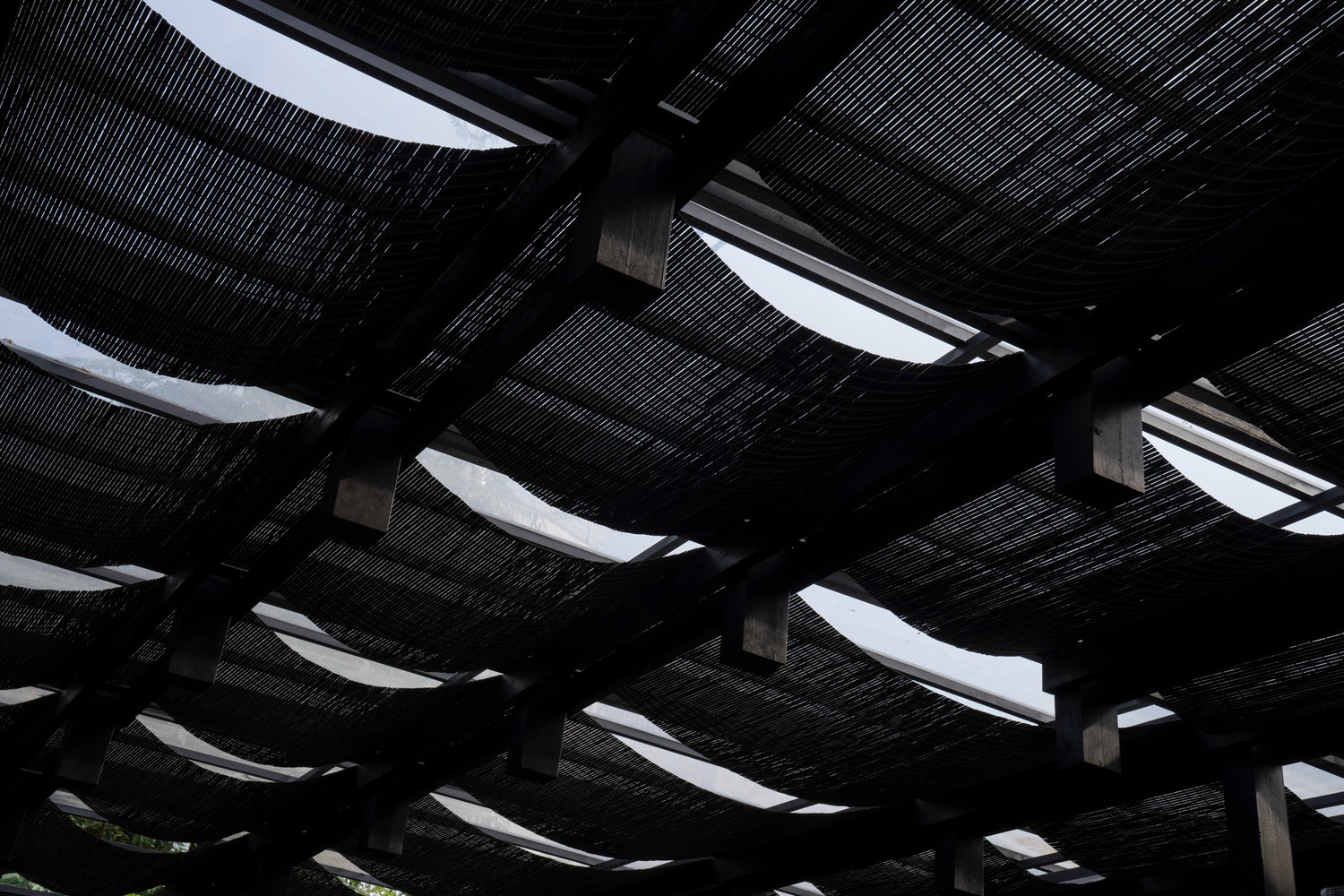 |
 |
TDX 아이스 팩토리: 기억 위에 쌓아 올린 새로운 시간 NU architecture & design-TDX Ice Factory
호치민시의 좁은 골목길, 그 깊숙한 곳에 자리한 4,000㎡ 규모의 옛 제빙공장이 완전히 새로운 모습으로 태어났다. TDX 아이스 팩토리로 명명된 이 복합단지는 베트남 가구 브랜드 District Eight을 위한 쇼룸과 사무공간, 이벤트 홀로 구성된다.
이 프로젝트는 단순한 리노베이션이 아니다. 적응적 재사용이라는 철학 아래 버려진 산업 시설의 골조를 소재의 진정성과 문화적 기억, 그리고 장인정신이 깃든 공간으로 재탄생시킨 것이다.
기존을 품고 새로움을 짓다
NU architecture & design은 출입구와 외관, 야외 이벤트 공간, 화장실 등 건물의 공용 영역을 담당했다. 하지만 이들의 작업은 단순한 기능적 개선을 넘어선다. 정밀함과 문화적 연속성, 그리고 깊은 장인정신에 대한 헌신으로 정의되는 District Eight의 브랜드 정체성을 공간 언어로 번역해내는 일이었다.
기존 건물을 철거하는 대신 현재의 건축과 내부 공간을 존중하는 길을 택했다. 콘크리트 구조체 대부분을 그대로 유지하며 새로운 개입을 지지하는 뼈대로 활용했다. 더 흥미로운 것은 재료에 대한 접근이다. District Eight의 이전 공장에서 나온 목재를 15년 넘게 보관해두었다가 이번 프로젝트에서 보와 벽면 패널, 조명 기구로 재탄생시켰다.
현지에서 구한 대나무와 황마, 자연석 등은 그 거칠고 견고한 특성과 문화적 공명 때문에 선택되었다. 이러한 재료들이 함께 어우러져 설계를 장소와 기억 속에 단단히 뿌리내리는 동시에 클라이언트의 브랜드 철학과도 완벽한 조화를 이룬다.
골목에서 중정으로, 공간의 서사
이 재료들은 미학을 정의하는 것을 넘어 공간 경험 자체를 형성한다. 방문자들은 먼저 좁은 헴(베트남 전통 골목길)을 통해 이곳에 접근하게 된다. 현지 도시 조직에서 흔히 볼 수 있는 익숙한 리듬이다.
이 골목길은 점차 여유로운 복합단지로 확장된다. 기존 건물들은 어두운 차콜 그레이 마감재로 통일되어 쇼룸과 이벤트 공간, 사무실을 하나의 일관된 시퀀스로 연결한다. 전통적인 베트남 중정 건축의 논리를 현대적으로 해석한 결과다.
야외 이벤트 공간은 자연 환기와 시각적 개방성을 적극 활용한다. 대나무 천장 커튼과 황마 스크린이 빛과 움직임을 부드럽게 조절하며 공간에 숨결을 불어넣는다. 한국의 전통 건축에서도 볼 수 있는 '차경(借景)'의 원리와 유사하게, 내외부 공간의 경계를 모호하게 만들어 더 풍부한 공간감을 연출한다.
지속가능성은 겸손에서 시작된다
지속가능성은 이미 존재하는 것에서 시작된다는 것이 이 프로젝트의 핵심 철학이다. 기존 구조물을 유지하고 재료에 제2의 생명을 부여함으로써 환경 영향을 줄이는 동시에 건물의 연속성을 보존했다.
어떤 표면도 단순히 장식적 요소로 취급되지 않는다. 모든 요소가 촉각적이고 건축적인 목적을 수행한다. District Eight의 가구처럼, 그 결과물은 조용하면서도 정확하며 명료함과 세심함, 그리고 지속성 위에 구축된다.
변화의 물결 속에서 찾은 고요함
끊임없는 변화 속에서 모든 것이 새롭고 세련되고 반짝이는 도시 호치민시에서, TDX 아이스 팩토리는 더 조용한 길을 제시한다. 이는 공간적이고 문화적인 재정향의 신중한 행위다. 과거를 기리는 동시에 새로운 용도가 자연스럽게 스며들 수 있는 여백을 만드는 일이기도 하다.
District Eight의 정체성에 뿌리를 두고 베트남적 맥락에 확고히 자리잡은 이 프로젝트는 쓸모없어진 공장을 일과 모임, 그리고 장인정신을 위한 복합단지로 변모시켰다. 구조물은 그대로 남아있지만 그 목적은 기계들의 소음에서 장인정신과 문화, 그리고 세심한 배려의 조용한 리듬으로 바뀌었다.
시간을 잇는 건축의 힘
TDX 아이스 팩토리가 증명하는 것은 재료와 구조, 그리고 브랜드 정체성이 어떻게 함께 모여 조용한 힘을 지닌 현대적 전체를 형성할 수 있는지에 대한 가능성이다. 과거와 현재를 연결하는 건축의 힘을 보여주는 동시에 기존의 것을 존중하면서도 새로운 가능성을 여는 길을 제시한다.
한국에서도 최근 산업 유산의 재생이 화두가 되고 있다. 문래동의 공장 지대나 성수동의 수제화 공장들이 문화 공간으로 변모하는 과정과 맥을 같이 한다. 하지만 TDX 아이스 팩토리가 특별한 것은 단순히 용도를 바꾸는 것이 아니라 그 장소가 가진 시간의 층위를 고스란히 보존하면서 새로운 내러티브를 더한다는 점이다.
이곳에서 우리는 지속가능성이 거창한 선언이 아니라 기존의 것을 소중히 여기고 새롭게 해석하는 겸손한 자세에서 시작됨을 확인할 수 있다. TDX 아이스 팩토리는 단순한 공간의 재생을 넘어 시간과 기억, 그리고 미래에 대한 성찰이 담긴 건축이다.
Project: TDX Ice Factory
Architect: NU architecture & design
Location: Ho Chi Minh City, Vietnam
Area: 4,000㎡
Program: Showroom, Office, Event Space
Write by Claude & Jean Browwn




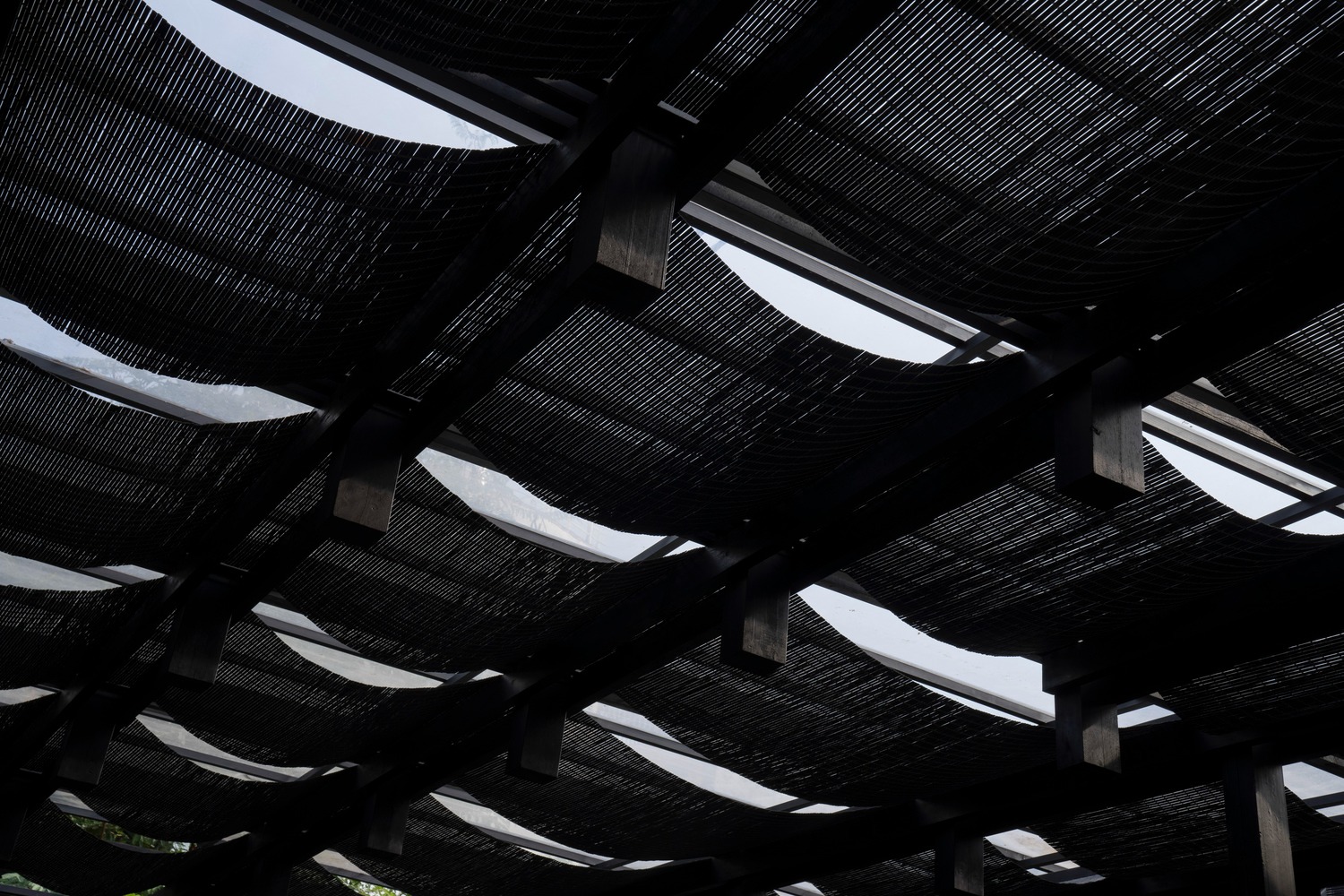

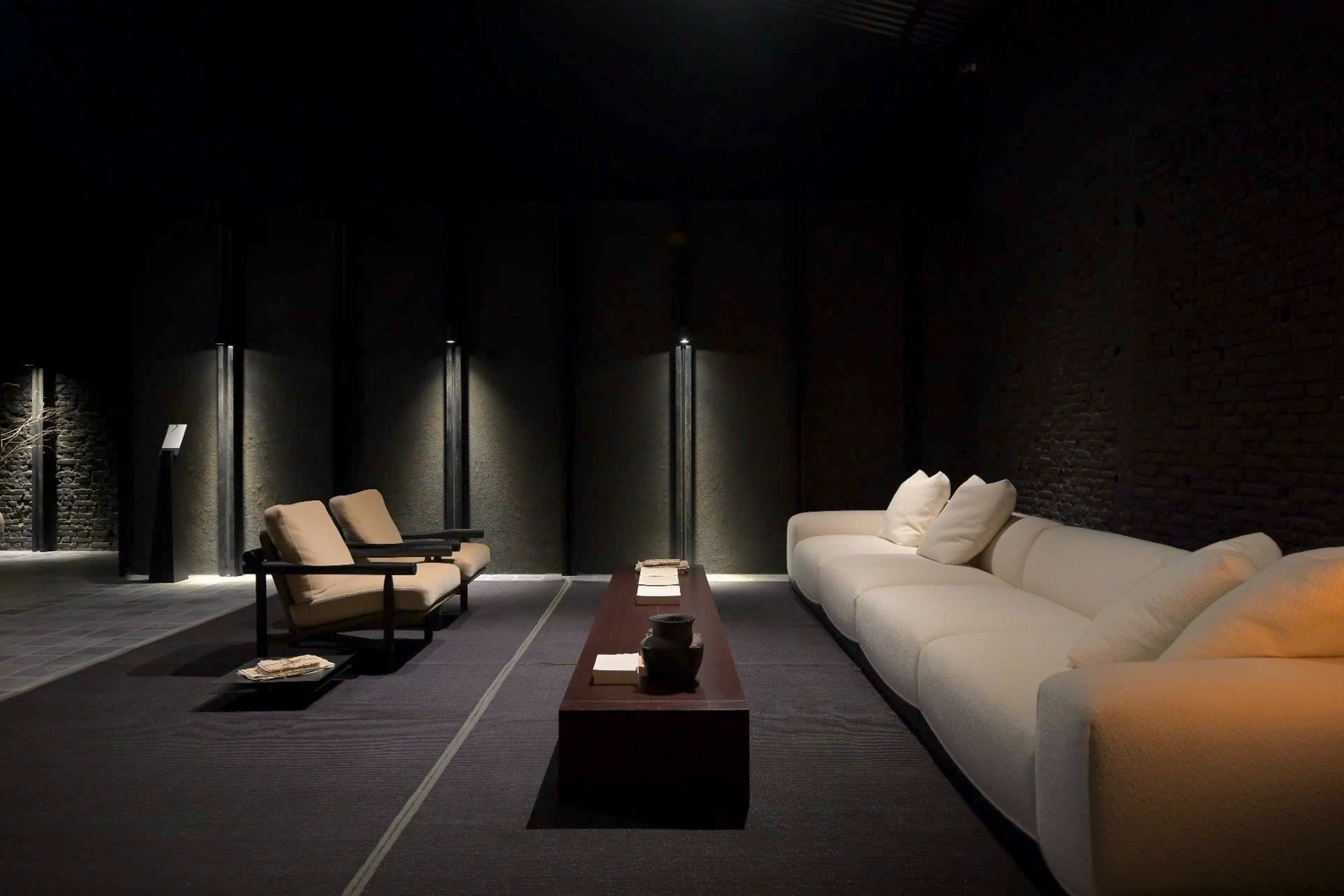
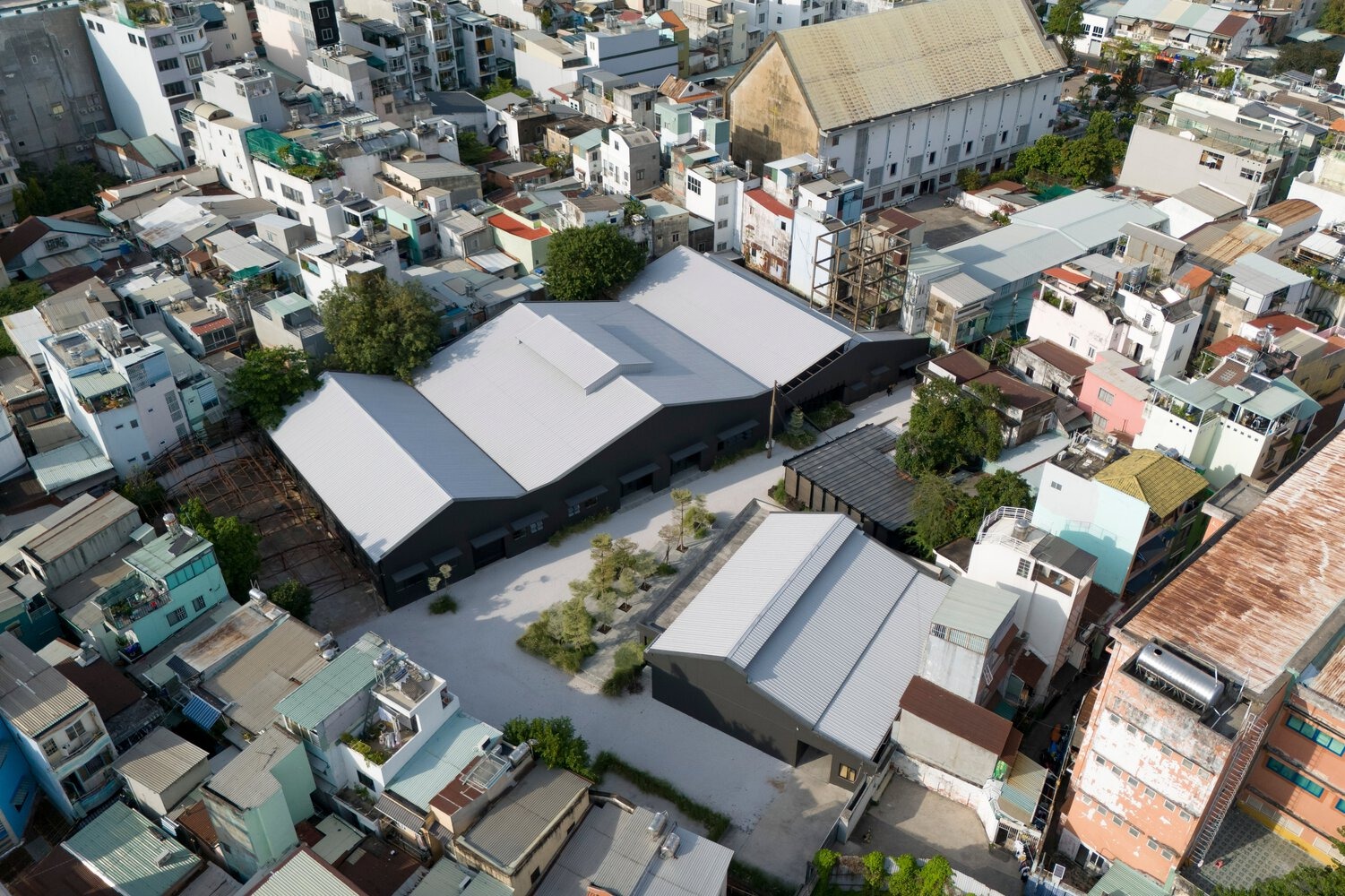

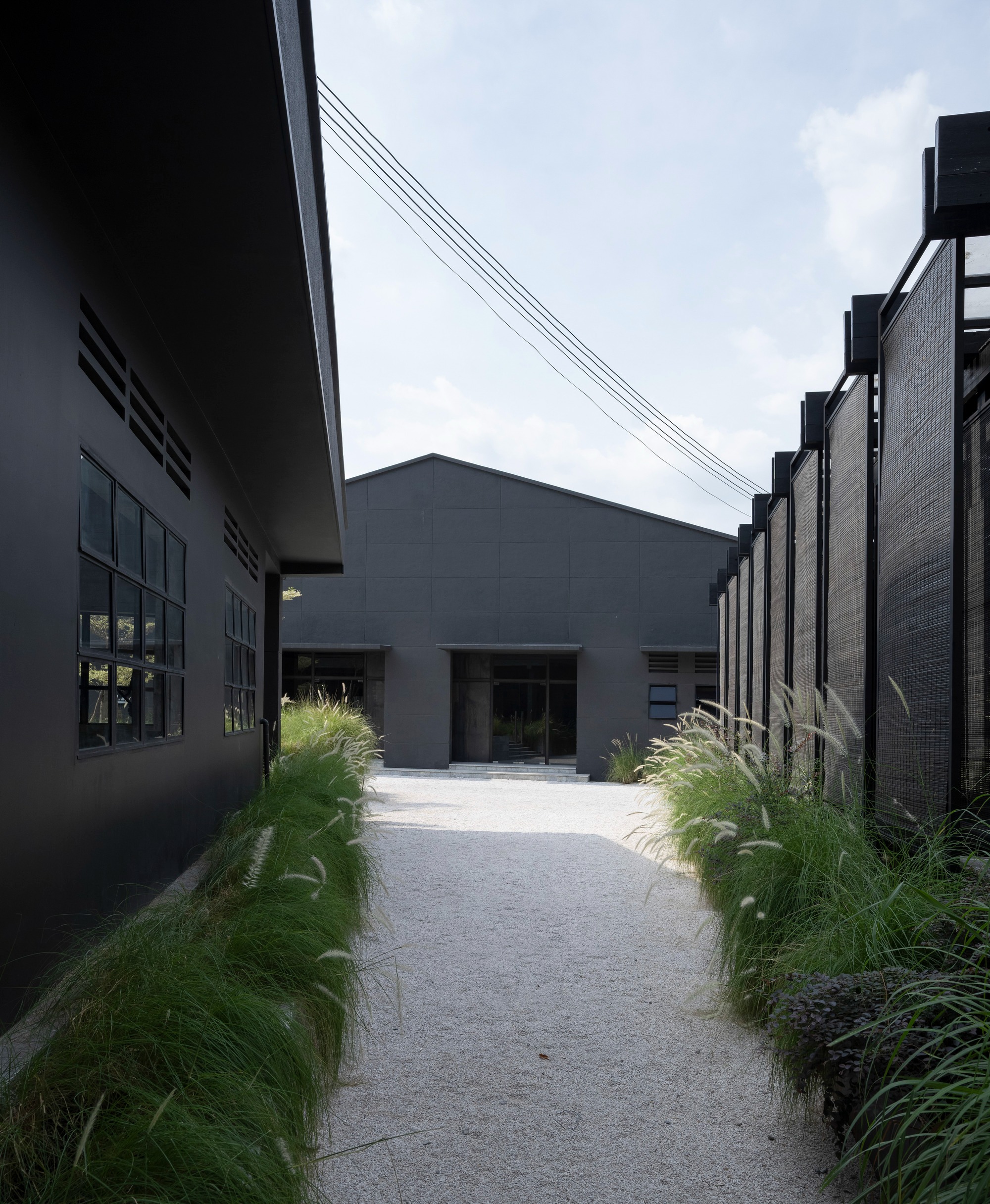
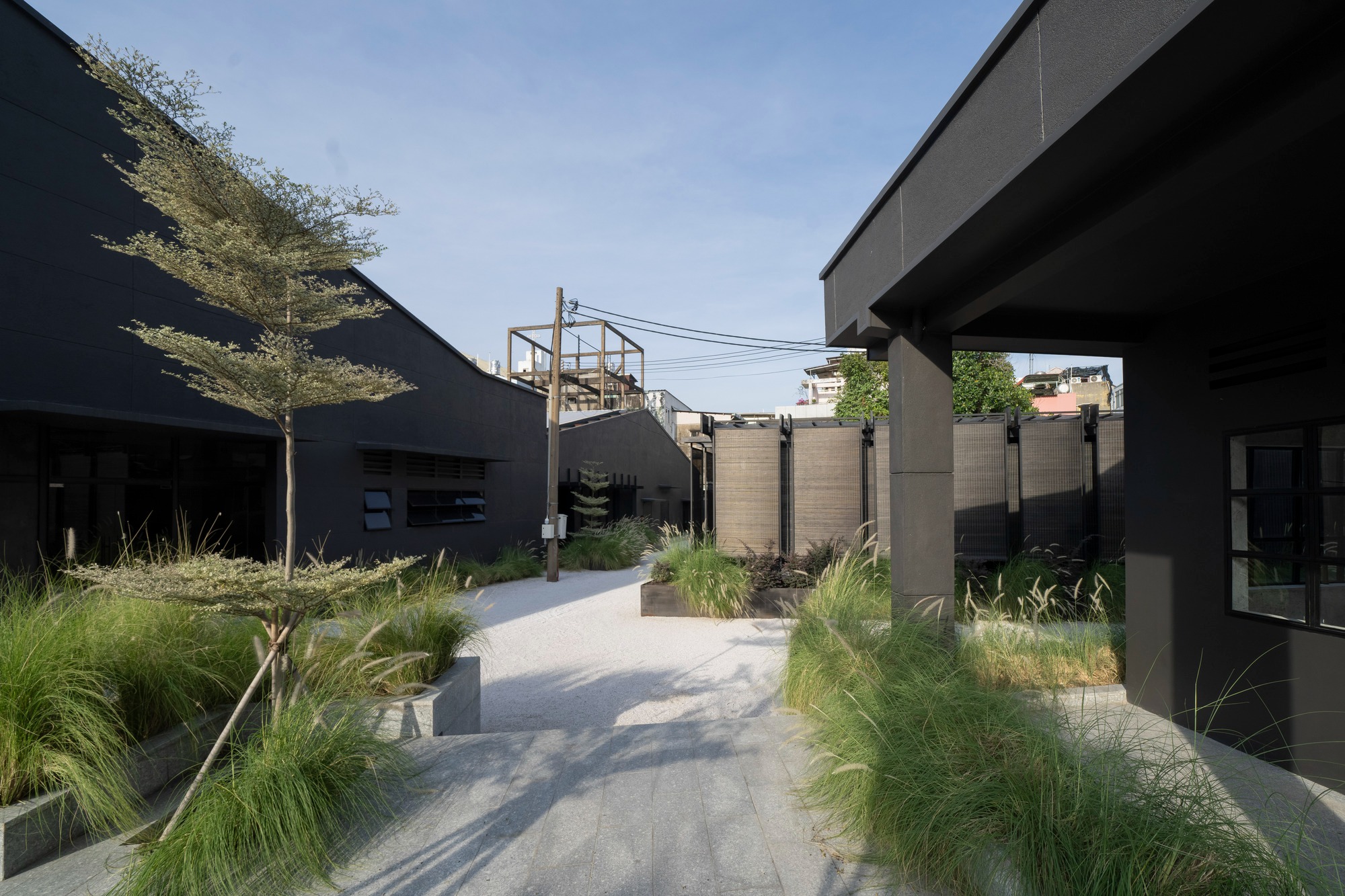
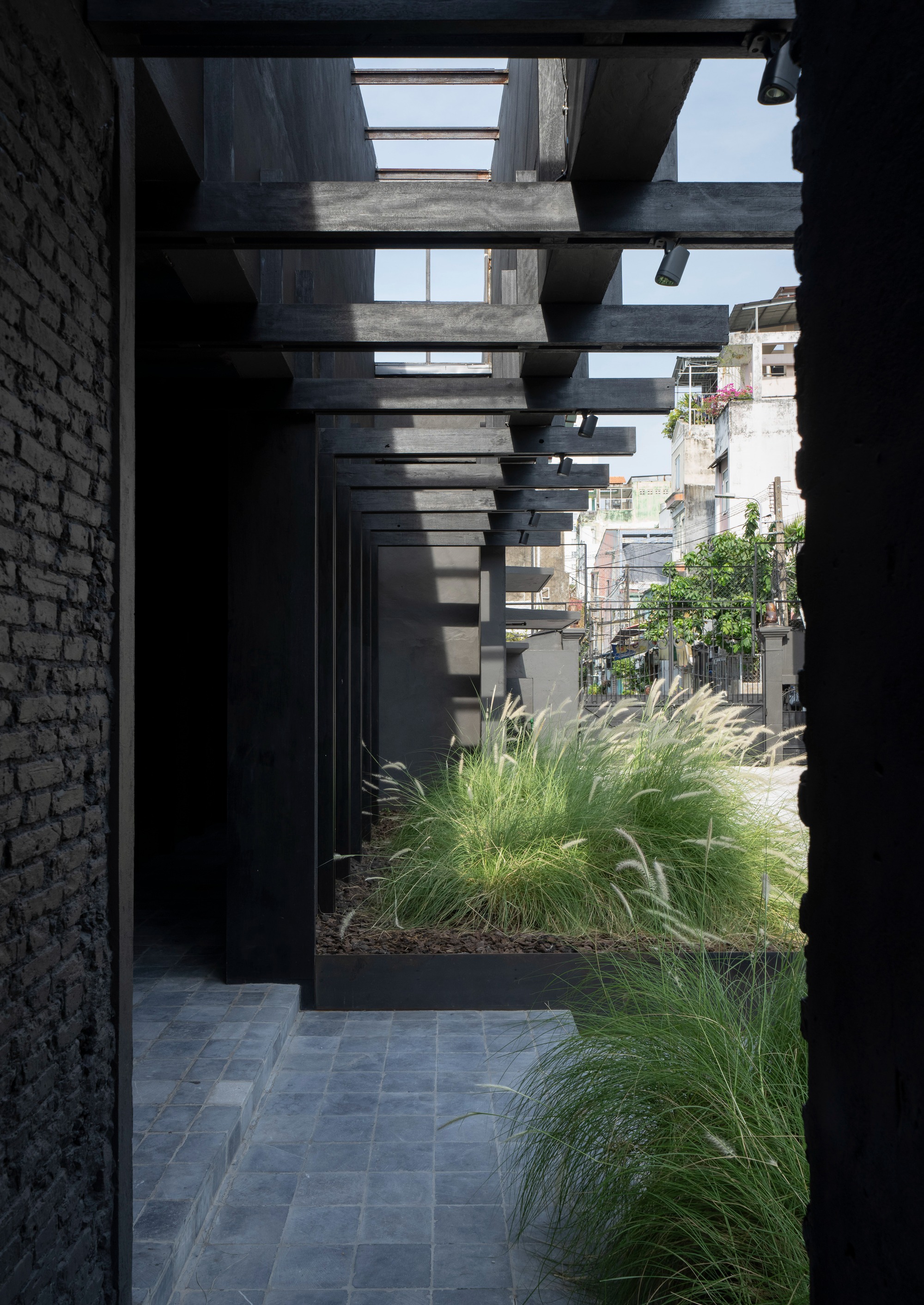
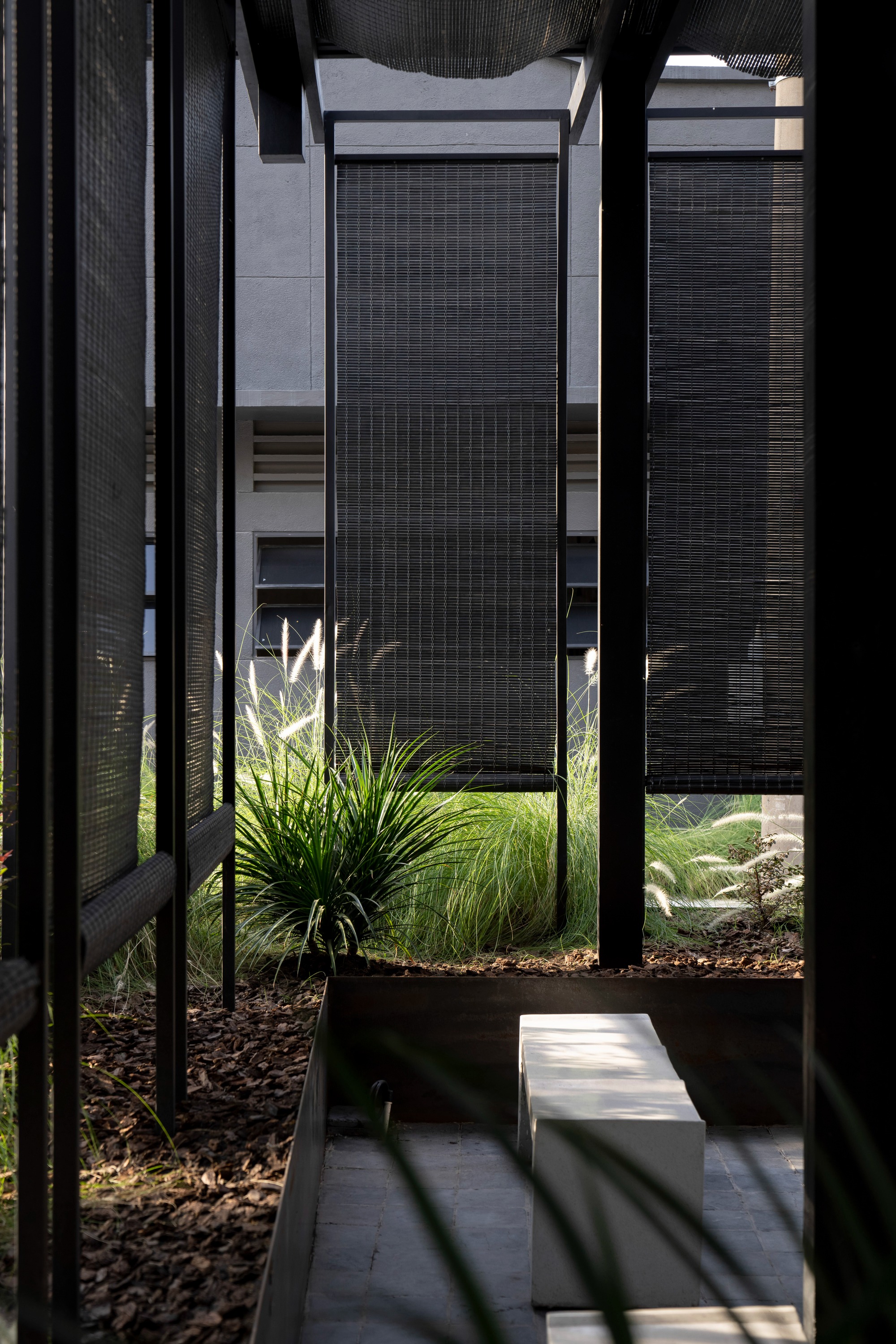


Tucked away in a quiet alley of Ho Chi Minh City, a 4,000m² former ice factory has been reimagined as TDX Ice Factory — a compound comprising a showroom, office, and event spaces. Designed by NU architecture & design for the Vietnamese furniture brand District Eight, the project embraces adaptive reuse, transforming an abandoned industrial shell into a place grounded in material honesty, cultural memory, and craftsmanship. NU architecture & design was responsible for the public facing components of the project, including the entrance, façade, exterior event space, and restrooms. More than a functional upgrade, the design had to reflect District Eight's identity, defined by precision, cultural continuity, and a deep commitment to craft.
Rather than demolishing the old, NU worked with the existing architecture and interior, retaining much of the concrete frame to support new interventions. Timber members salvaged from District Eight's former factory, stored for over 15 years, were repurposed into beams, wall panels, lighting fixtures and other interior details. Local materials such as bamboo, burlap, and natural stone were chosen for their rawness, resilience, and cultural resonance. Together, they anchor the design in place and memory while aligning seamlessly with our client's brand ethos.
This material palette does more than define the aesthetic. It shapes the spatial experience. Visitors approach through a narrow hẻm (Vietnamese alley), a familiar rhythm of the local urban grain, which expands into a generous compound where the architecture has been brushed with a dark charcoal grey finish over the existing buildings into a cohesive sequence linking the showroom, event spaces, and offices. Echoing the logic of traditional Vietnamese courtyards, the exterior event space encourages natural ventilation and visual openness, with bamboo ceiling drapes and burlap screens softening both light and movement.
Sustainability begins with what already exists. By retaining the original structure and giving materials a second life, the project reduces environmental impact while preserving the building's continuity. No surface is treated as ornamental. Every element serves a tactile, architectural purpose. As with District Eight's furniture, the result is quiet yet exact, built on clarity, care, and endurance.
In a city shaped by constant change where everything is new, polished, and shiny, TDX Ice Factory charts a quieter path. It is a considered act of spatial and cultural reorientation, one that honors what came before while making room for new uses to emerge. Rooted in District Eight's identity and grounded in its Vietnamese context, the project transforms an obsolete factory into a compound for work, gathering, and craft. The structure remains, but its purpose has shifted from the sound of machines to the quiet rhythm of craft, culture, and care. It shows how architecture can bridge past and present, where material, structure, and brand identity come together to form a contemporary whole with quiet strength.
from archdaily